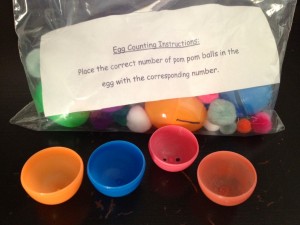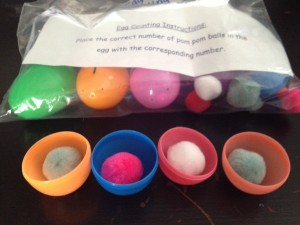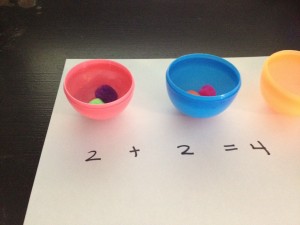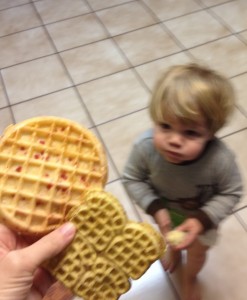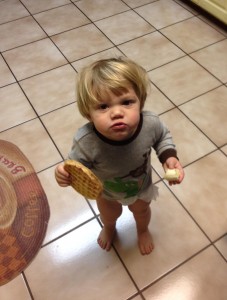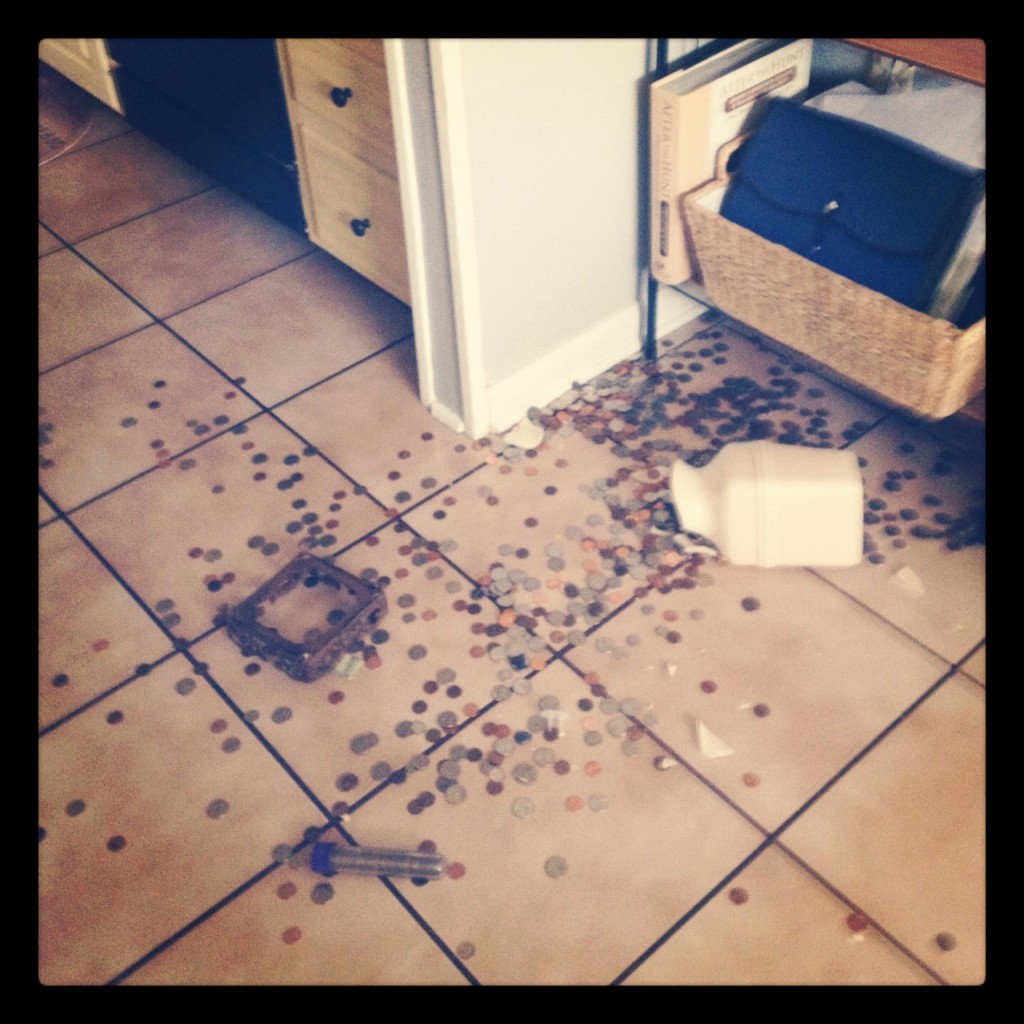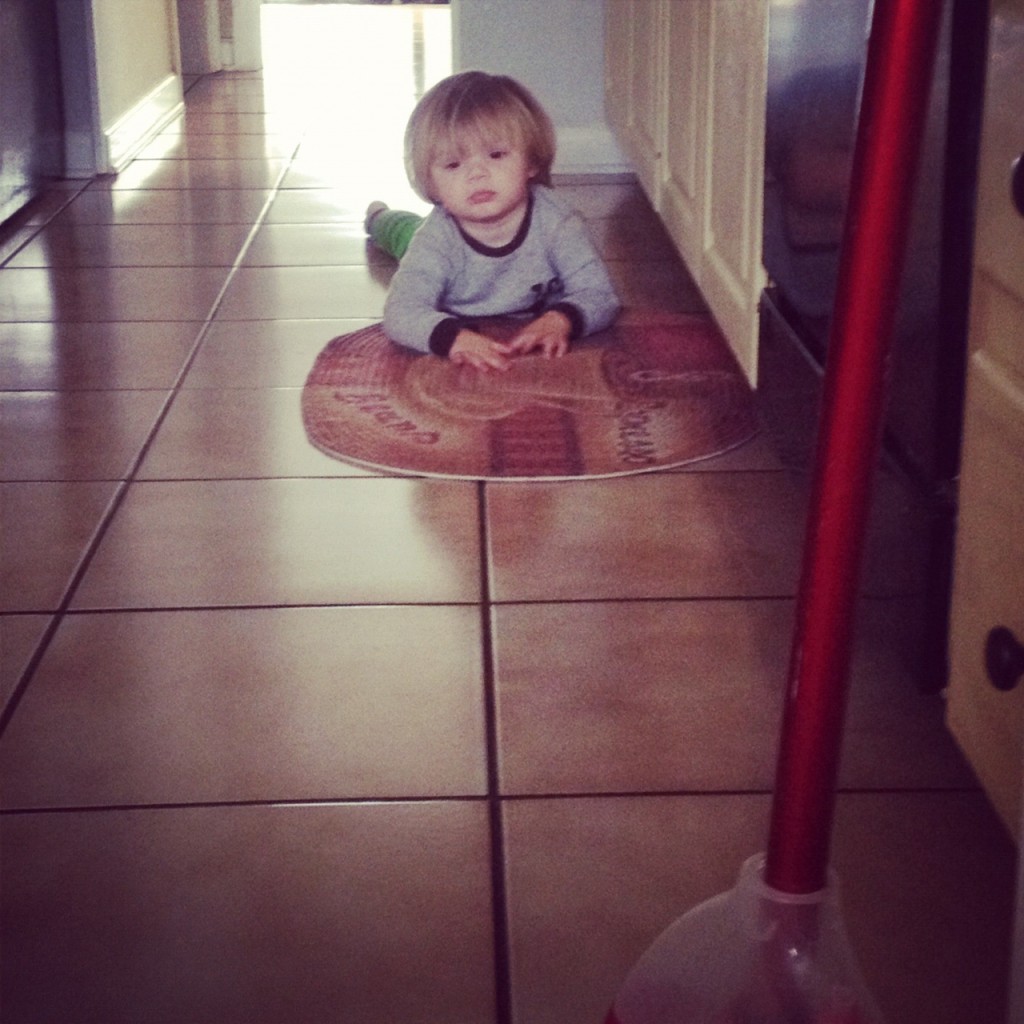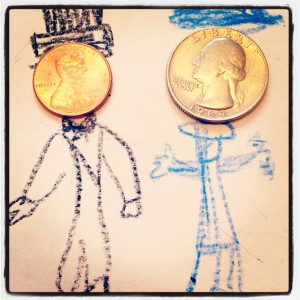One of the teaching tools that I used to have in my classroom was a math geoboard. What is a geoboard? It is a teaching tool usually made up of five rows of five pegs on a square shaped plastic board. Rubberbands are used to explore the basic characteristics of geometry, but it can be used to practice other skills as well.
I used them for a few different things…I used them to reinforce shapes, numbers, letters, tangrams, counting, and more!
Here are a few different deals on amazon:
My favorite is the transparent geoboard because you can place a template behind it and it will help your little one “trace” the shape.
Here are my step-by-step teaching tips to introducing the geoboard to your little one:
1) First, I ALWAYS allow time for exploration with a new teaching tool. Kids want to study it with their senses first before they can focus on what you are teaching them about the new “toy.”
2) I talk about it. “This board has a fancy name. It is called a geoboard, can you say that?” (time for response). “It has pegs that can hold rubberbands in place. So, if I wrap a rubberband around this peg, and stretch it out to this peg on the same row, it makes a straight line. Can you try that?” (time for response)
3) Explore it’s features together. “There are a lot of pegs on this board to hold rubberbands….I wonder how many there are. What is your best guess?” (time for response) “Let’s count them.”
4) Take a turn. “I’m going to place a rubber band straight across the top row, one going straight down on the left side, and one going across on the bottom row. What do you think this looks like? What could I make with these three lines in place?” (time for response)
5) Share a turn. Let’s make something together. Any ideas? (time for response) Have a scratch sheet of paper in a geoboard template ready to brainstorm how you might make it. Make it by helping your little one.
6) Give your little one a turn. Let your little one try making something on their own and you stand by for affirmation and guidance.
I’d love to hear your thoughts… first time hearing about geoboards, do you use them regularly, whether or not you would even consider using them, etc.

